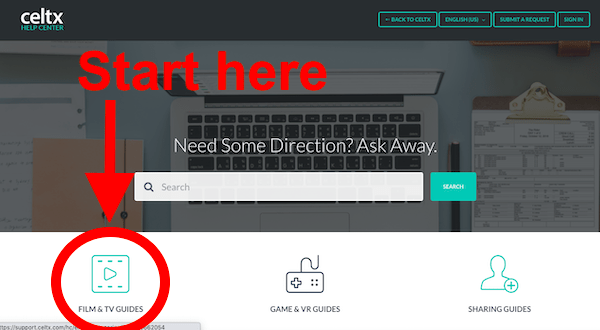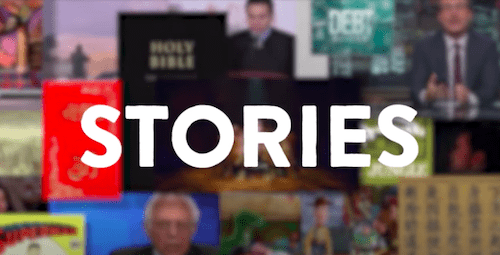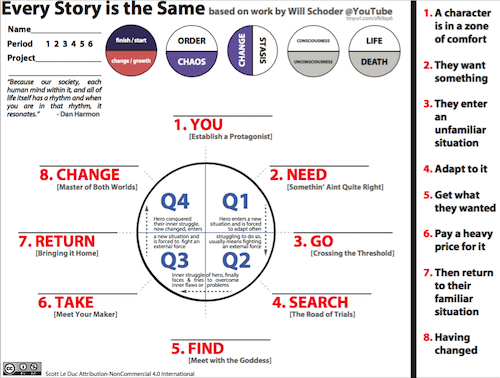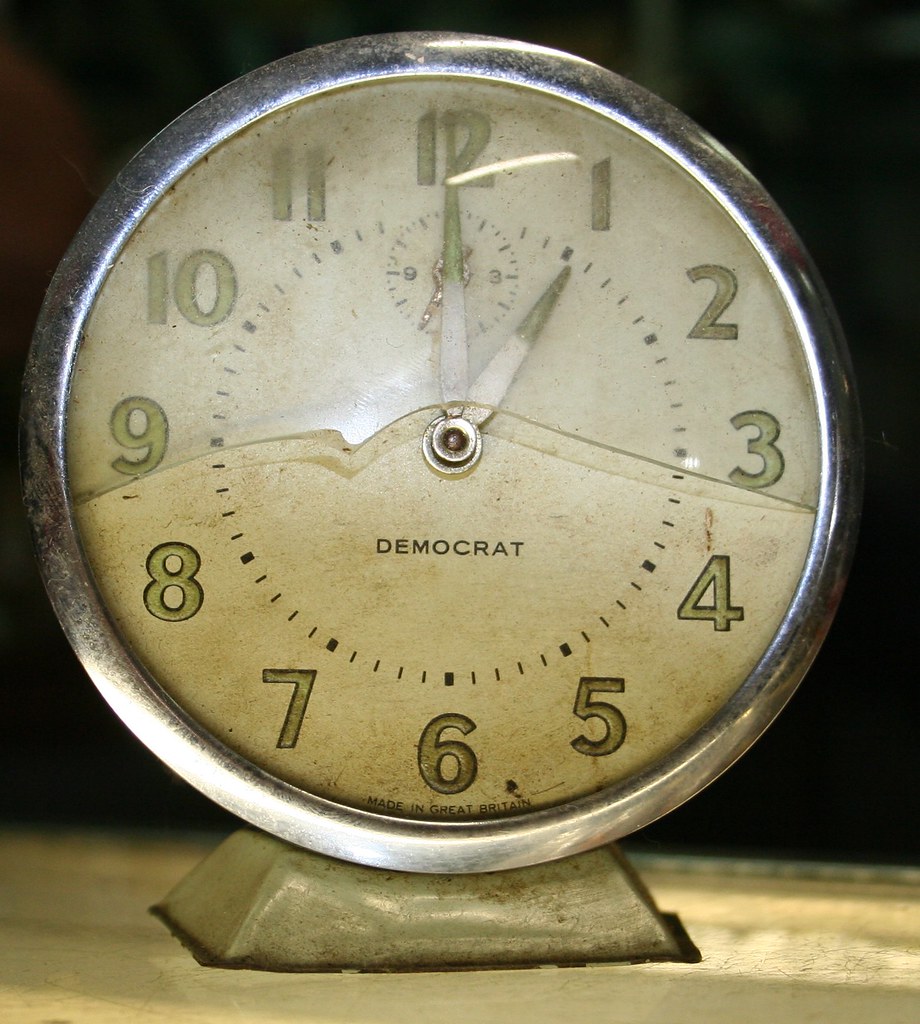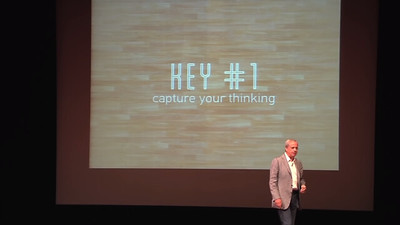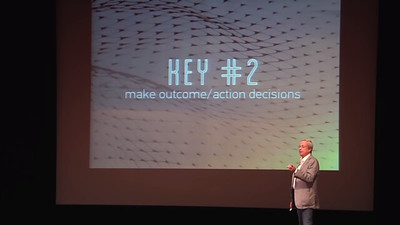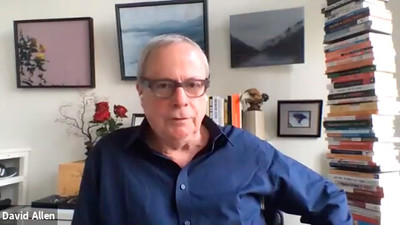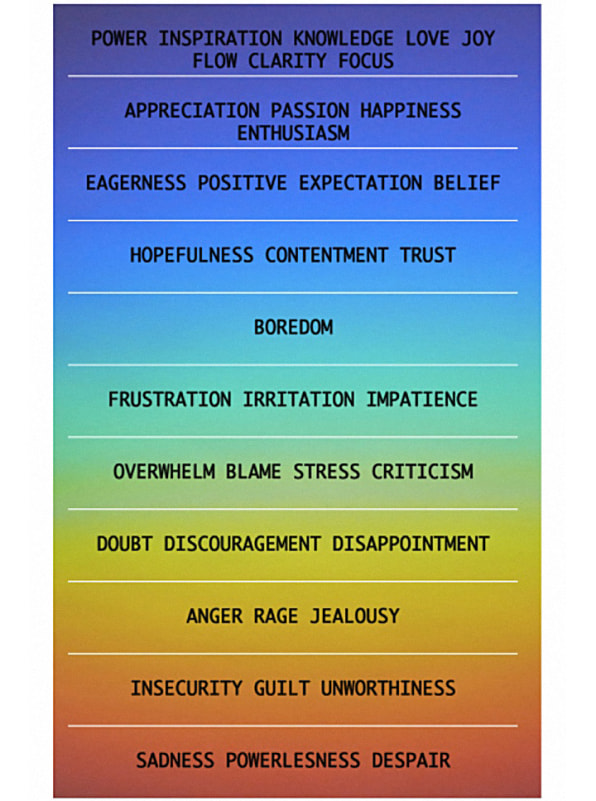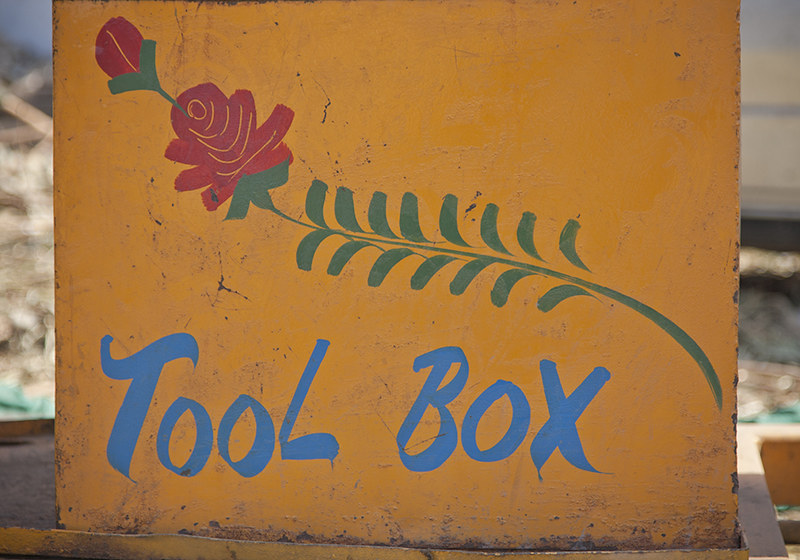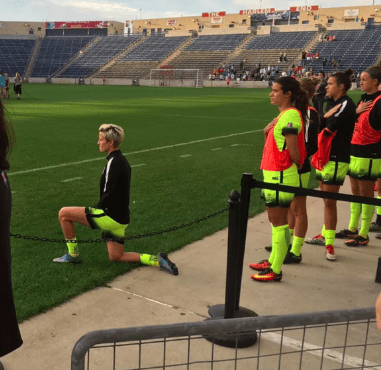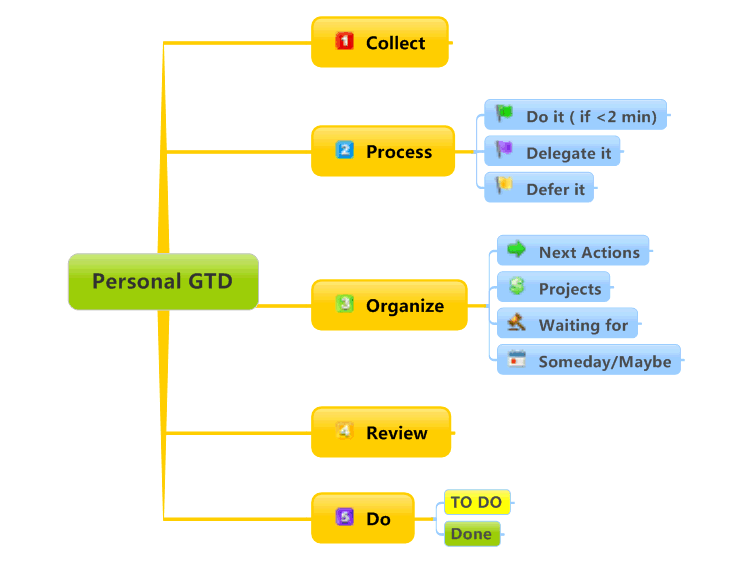
Teens are overwhelmed, partly because they don’t yet have the skills to manage the unprecedented amount of stuff that enters their brains each day. – from LifeHacker.com
“Your mind is for having ideas, not holding them.”
“You can do anything, but not everything.”
― David Allen, (GTD) Getting Things Done for Teens: Take Control of Your Life in a Distracting World
SUMMARY
- I effectively completed the blog post, and am now leaving with excitement directed towards the future creation of my new GTD system.
PRACTICE ROOM (TUTORIALS)
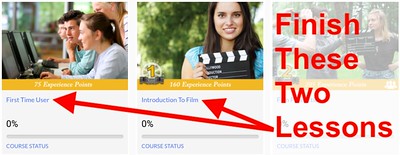
- Both of these are finished 🙂
CLASSROOM (THEORY & ANALYSIS)

You are going to learn to develop your own version of David Allen’s Getting Things Done (GTD) process in this ‘room.’
- The first few minutes of the GTD Ted Talk by David Allen weren’t too compelling, but after about halfway through the video I began to fully process and understand many of the points Allen was making. The combination of the other resources has led me to an exciting conclusion, and a new way I am going to begin organizing my ideas, actions, etc. (I’m assuming this was exactly the point, the culmination of all the GTD work we’ve been doing, so YAY). Essentially I’m going to construct a physical Trello board, but one adjusted for my brain. I’m going to have paper ‘pockets’ mounted on the wall, each labelled to fit their description; Inbox, Next actions, Quick actions, Projects, Timed agenda, and Completed. Hopefully this will allow my brain to get out all of the excess information and focus on only producing ideas, not continually harboring them. I’m excited!
- Note: I loved when Allen talked about time, and how when people say their issue is that they “don’t have enough time”, they are in a way lying to themselves – for even if they did have time, without an effective GTD system in place, an entire extra 2 hours could be easily wasted, whereas 2 minutes spent with an effective GTD system in place could quickly alleviate stress and yield results. I found it funny that myself and so many others act as if time is the true criminal (perhaps for a few it may be), when in reality the criminal is ourselves and our silly unwillingness to prioritize systems over stress.
LAB (THEORY PRACTICED)


Two GTD Maps: Basic and Detailed
- Detailed map by guccio@文房具社 icensed under CC BY-NC 2.0
- Basic map from BiggerPlate.com embedded below
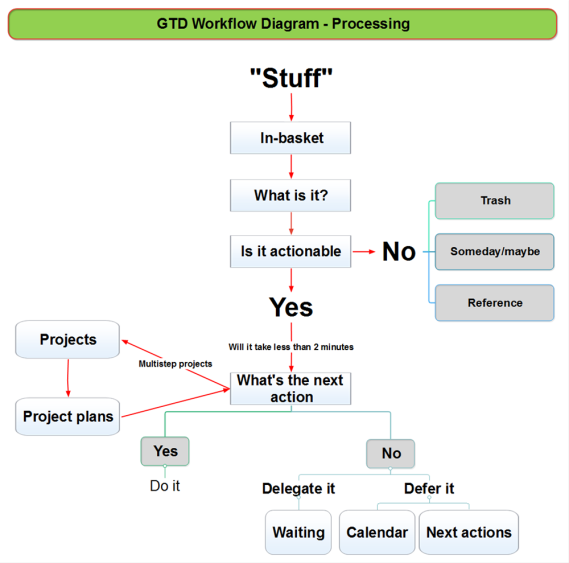
GTD-based Trusted System

- The examined and chosen method of GTD of mine is paper and pencil. I’ve always been a kinesthetic learner, and I believe that capturing my ideas in a way that doesn’t involve a screen will benefit my mind best.
OUTSIDE (PRODUCTIVITY & THE BRAIN)

OPTIONAL EXERCISE

- I walk a lot, and I realize I have been terribly missing out by not bringing a (small) notebook and a pencil with me on my walks. When I think about it, I realize that there are many times during my walks where I will have the same thought more than once – something that Allen explicitly advised his listeners to avoid. So from now on, I will ditch my phone and bring only paper and a writing utensil.
- Getting Things Done for Teens: Take Control of Your Life in a Distracting World by David Allen
STUDIO (CREATING MAPS)
- The GTD steps written (for my own reminder and referral):
- Decide the ACTIONS and OUTCOMES embedded in them
- Get yourself a MAP OF ALL THAT so you can step back and take a look at it.
- And then, basically, you USE THE MAP TO DECIDE, “OK, here’s the course that we’re going to go on.”
- You then LAUNCH the ‘ship’ on a trusted course in the short term, as well as on the long horizon that you’re moving on.
- And then, on a regular basis, you need to REASSESS, “OK, we need to take in NEW DATA, CLEANUP, RECALIBRATE, and REFOCUS for the next leg of the journey.”
- ‘Capture’ all the ACTION ITEMS you can in your GTD Trusted System
WHAT I LEARNED and PROBLEMS I SOLVED
- I have successfully determined a new GTD system of mine that I will be implementing shortly after finishing and updating this blog post. I am extremely excited because I love making paper organization boxes/pockets. I still have yet to learn why that excites me so.
- I successfully finished this blog – I think Saturdays will be my determined Blog Post days from now on. I will have my posts done by Saturday night – and I haven’t made this decision to deliberately undermine (by one day) Mr. Le Duc’s goal due date, but I have made it to help myself organize my time (upon writing the word time I just remembered something I wanted to note in the Classroom ‘room’) and to better divide my mind between classes. As I understand the learning is happening either way (most likely it will be happening even more effectively and efficiently if it is taking place on a Saturday rather than a Friday, for I will feel less rushed and more focused and relaxed), I believe no one will be harmed by this one-day extension. And of course if there is an important goal that MUST be met on Friday, then I will make sure to prioritize whatever that may be.

